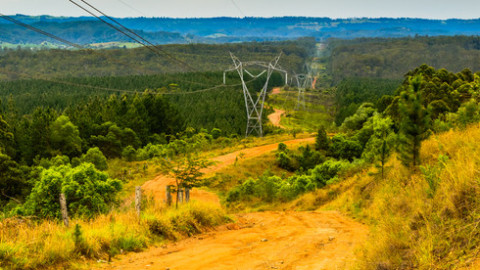Carbon capture and storage (CCS) is an effective emissions control solution and a vital part of Australia’s future energy policy mix, according to CCS experts organising the Greenhouse Gas Technology Conference-14 (GHGT-14).
Importantly, the cost of CCS technologies and plant installations is falling because of its increasing deployment globally.
Research in Australia and overseas, and the robust performance of established commercial carbon capture and storage (CCS) facilities, underpins CCS as a mitigation technology able to decarbonise major industries.
David Byers, CEO of Australia’s leading CCS research organisation, CO2CRC Limited and co-Chair of the GHGT-14 event, said that carbon capture and storage is important if Australia is to help contribute to global emissions reduction goals at the lowest possible cost.
“CCS can help decarbonise our energy-intensive industries,” Mr Byers said.
“The IEA, in its comprehensive 2018 review of Australia’s Energy Policies, found that Australia is well placed to demonstrate cutting-edge technologies, including concentrated solar power, battery storage and carbon capture and storage.
“Importantly, the IEA report urged Commonwealth and State Governments to step up support for CCS technology, R&D and commercialisation initiatives, including through the Australian Renewable Energy Agency and the Clean Energy Finance Corporation.
“The clear message is that the storage of CO₂ is the most effective option available here and overseas to reduce emissions from major power and industrial sources.
“The IEA backs that need, pointing to the need for CCS to contribute to 14 per cent of global emission reductions if climate change is to be kept to no more than two degrees by 2060.”
Mr Byers said the United Nations Intergovernmental Panel on Climate Change had noted that without CCS, the cost of achieving the 2°C goal increases by a mean estimate of 138 per cent – a cost increase equivalent to ~ 3 per cent of cumulative global GDP for the rest of the century.
Some 21 large-scale CCS facilities are in operation or under construction worldwide. The technology can reduce emissions from coal-fired generation plants by up to 90 per cent.
“It is clear that global Paris climate targets cannot be reached without CCS,” Mr Byers said.
Mr Byers said Australia has some of the world’s most promising geology for underground storage of CO2 deploying technologies that have been used worldwide for 45 years.
Australia is a world leader in CCS technology development. It has been successfully deployed for the past decade at the CO2CRC Otway National Field Test Facility in south-western Victoria.
The retrofitted Callide A coal fired power station project in central Queensland has also successfully generated low emission electricity from coal, and the new Gorgon LNG project in northern WA, the largest offshore capture and storage program globally, is expected to start capturing 3.4-4.0Mtpa of CO₂ from 2019.
“CCS is a clean technology with enormous potential based on commercial-scale operations around the world,” Mr Byers said.
“It is a proven and safe emissions solution that is globally capturing almost 40 million tonnes of CO₂ a year, with 220Mt of CO₂ already in safe underground storage. Australia is well positioned to widen its policy settings to boost the use of CCS to benefit industry and the community.”
















